

When students progress to higher education, they are confident of their chosen course teaching them the field’s breadth in related knowledge and skills. Many in fashion design, however, graduate without the basic practical skills they need to work in the industry. As reported by the skills council in the UK for example, annually three thousand such graduates leave university facing difficulty securing employment within the country’s fashion and textile industry.
Typically on most fashion design courses, the students are told that their creations will be brought to life by other people with other relevant qualifications. But turning a design from the drawing board into a real-life wearable entails practical skills that are just as critical as the vision, which is why the dual dexterities of both designer and tailor are crucial in fashion design.
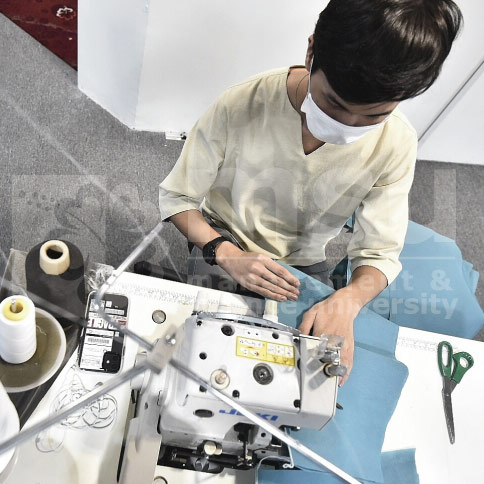
Where fashion is a great way to express artistic creativity through clothes, tailoring training in a fashion education helps aspiring designers to fully understand fabric and fit. While a tailor is non-comparable with a fashion designer, the skills of a tailor are vital to the fashion design profession. All the important elements of fashion designing are there in tailoring –including understanding body shape, measurements, size-charting, fitting, and fabric patterns.
A training in tailoring means learning how to operate a sewing machine and to sew from a pattern. Knowing how to sew a garment demonstrates thorough understanding of how fabrics and materials work together and what type of stitching works best for which pattern. Clothing’s related lingo would also be learned in tailoring; to aid understanding of a future client’s wishes – for a sweetheart neckline, for instance.
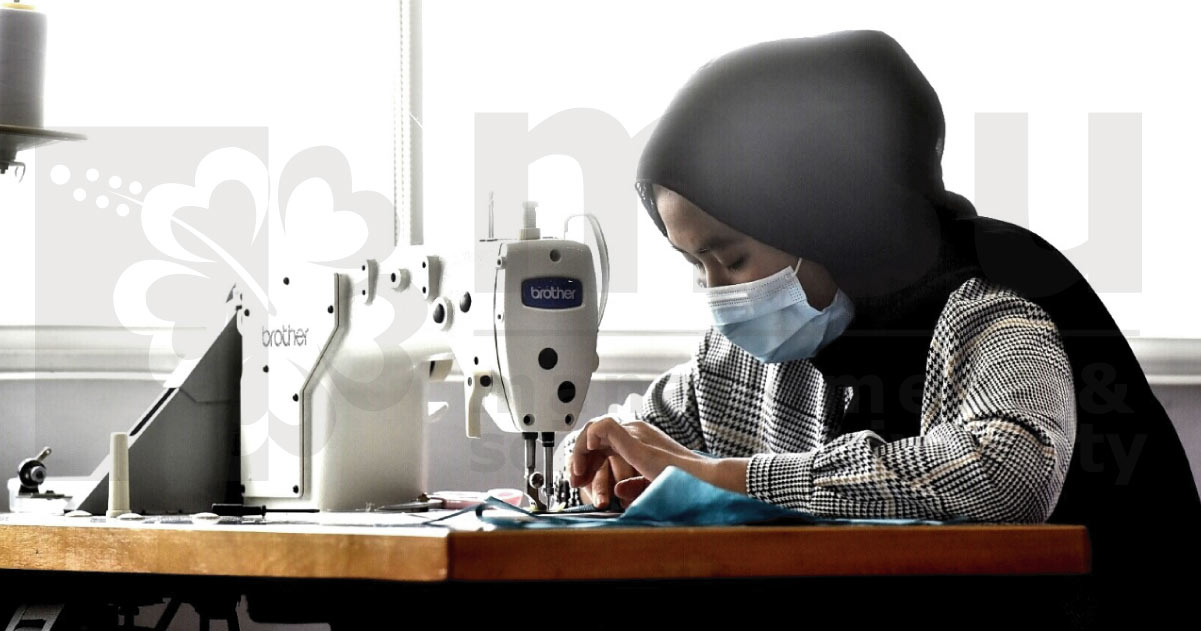
In the designer’s pret-a-porter fashion industry, clothes run the range from petite for extra-small to plus-size for extra-large. Yet the reality out there are the thousands of body shapes and types that fall out of the general sizing. Having the skillset to make adjustments to a piece of clothing and improve its fit is a huge advantage to fashion designers, and a tailor’s training provides the skills to make clothes more functional or easy-going.

Fashion involves much more than just patterns, colours, and fabrics. To be successful in the industry, a fashion designer needs also to have business know-how. Whether designing for a department store, another’s boutique, or an own business, a fashion designer should also be able to balance the budget and avoid overspending on a particular design. Prices must be set accurately with the material and labour costs factored. Unskilled in sewing would mean a bump to the labour cost, when designs keeps being sent to tailors for every minor adjustment.
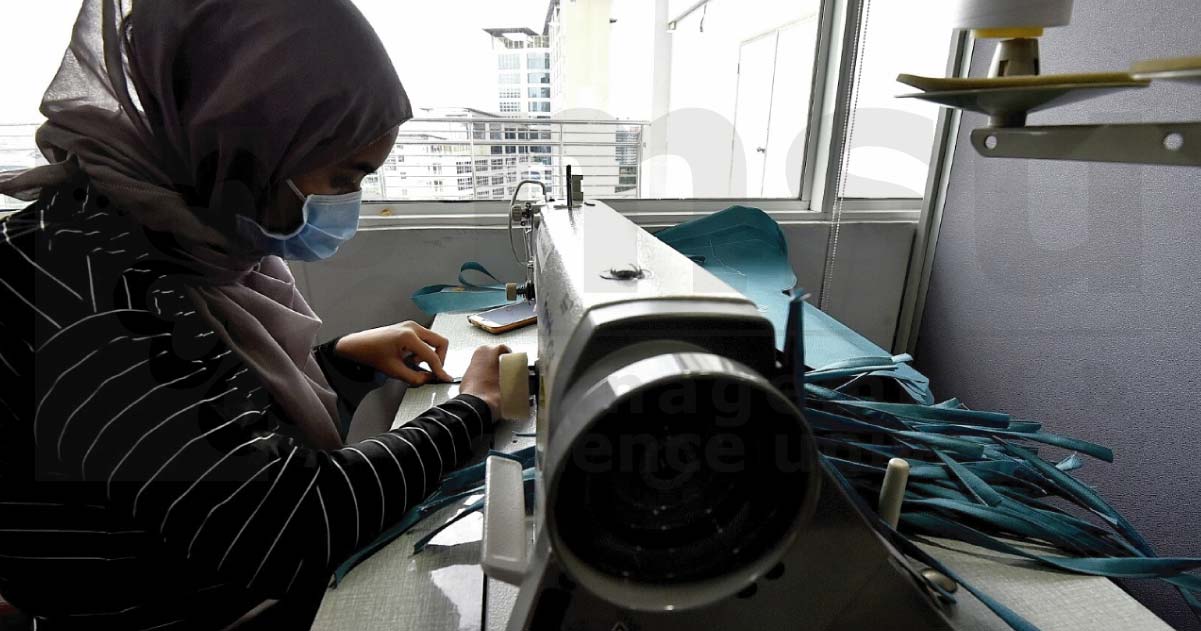
The business savvy is made more important by the budgeting working both ways – for the designer as well as the buyer. Boutique or department-store merchandisers, who understand their customer profile and clothing needs well, are in the purchasing position to determine their designers of choice. Fashion designers should also learn to develop sales concepts to interest and entice businesses into buying.
At Management and Science University (MSU), employable skills are given great emphasis across all disciplines of study, with equal focus on both hard and soft skills. A world-ranking university recording the highest graduate employability in the Ministry of Higher Education Malaysia tracer study, MSU has also been recognized by the UK’s Accreditation Service for International Schools, Colleges and Universities (ASIC) as a Global TVET Model University.
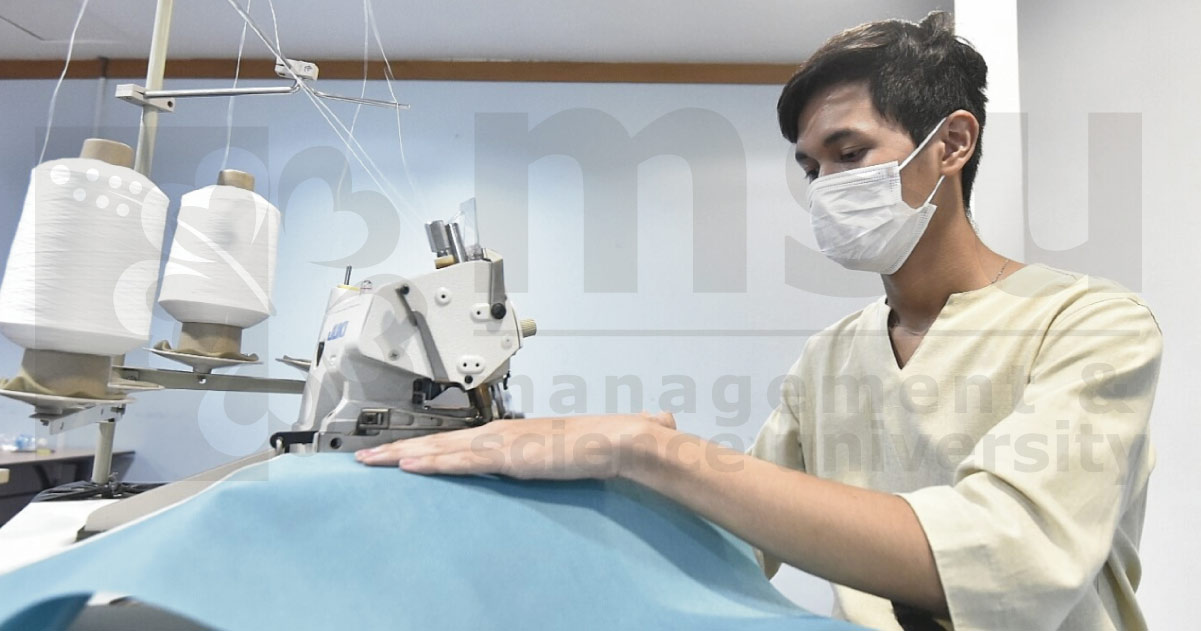
Stitched into MSU’s fashion design programmes are sewing skills, taught on campus in a fully equipped workroom at both diploma and degree levels. All graduates of MSU’s fashion design programmes at the School of Hospitality and Creative Arts (SHCA) know how to sew. This fact was evidently shown by SHCA students as well as alumni, both of whom came together joining forces to sew up protective suits cut by University volunteers on the MSU M-ProteC project.
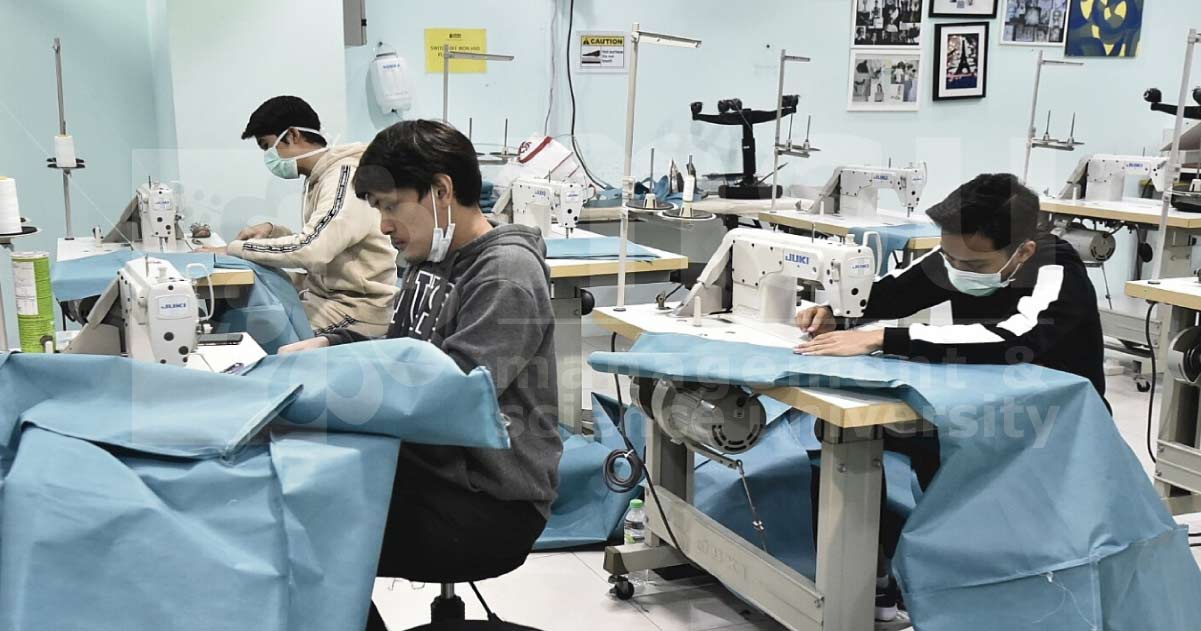
Whether or not MSU’s Diploma in Fashion Design graduates go on to Bachelor in Fashion Design with Marketing (Hons), the holistic skillset provided in each programme equips them well across the range of fashion careers, which may even include visual merchandising and photography styling or event-display work – where the fashion visions can be expanded, and the world enriched, with fashionable views to the future.
MSU Bachelor in Beauty and Hair Management (Hons)
MSU Bachelor in Spa Management (Hons)
MSU Bachelor in Accessories Design (Hons)
MSU Master in Fashion Business
Aspiring to a career in the creative arts? This way to professional proficiency.
Platinum Crowns to MSU from UK Accreditation Service ASIC
World Top-500 graduate employability ranking for MSU in QS WUR 2020
Traditional with creative twists in MSU’s Songket Splendour
Making her way up the world stage in beauty management
When students progress to higher education, they are confident of their chosen course teaching them the field’s breadth in related knowledge and skills. Many in fashion design, however, graduate without the basic practical skills they need to work in the industry. As reported by the skills council in the UK for example, annually three thousand such graduates leave university facing difficulty securing employment within the country’s fashion and textile industry.
Typically on most fashion design courses, the students are told that their creations will be brought to life by other people with other relevant qualifications. But turning a design from the drawing board into a real-life wearable entails practical skills that are just as critical as the vision, which is why the dual dexterities of both designer and tailor are crucial in fashion design.

Where fashion is a great way to express artistic creativity through clothes, tailoring training in a fashion education helps aspiring designers to fully understand fabric and fit. While a tailor is non-comparable with a fashion designer, the skills of a tailor are vital to the fashion design profession. All the important elements of fashion designing are there in tailoring –including understanding body shape, measurements, size-charting, fitting, and fabric patterns.
A training in tailoring means learning how to operate a sewing machine and to sew from a pattern. Knowing how to sew a garment demonstrates thorough understanding of how fabrics and materials work together and what type of stitching works best for which pattern. Clothing’s related lingo would also be learned in tailoring; to aid understanding of a future client’s wishes – for a sweetheart neckline, for instance.

In the designer’s pret-a-porter fashion industry, clothes run the range from petite for extra-small to plus-size for extra-large. Yet the reality out there are the thousands of body shapes and types that fall out of the general sizing. Having the skillset to make adjustments to a piece of clothing and improve its fit is a huge advantage to fashion designers, and a tailor’s training provides the skills to make clothes more functional or easy-going.

Fashion involves much more than just patterns, colours, and fabrics. To be successful in the industry, a fashion designer needs also to have business know-how. Whether designing for a department store, another’s boutique, or an own business, a fashion designer should also be able to balance the budget and avoid overspending on a particular design. Prices must be set accurately with the material and labour costs factored. Unskilled in sewing would mean a bump to the labour cost, when designs keeps being sent to tailors for every minor adjustment.

The business savvy is made more important by the budgeting working both ways – for the designer as well as the buyer. Boutique or department-store merchandisers, who understand their customer profile and clothing needs well, are in the purchasing position to determine their designers of choice. Fashion designers should also learn to develop sales concepts to interest and entice businesses into buying.
At Management and Science University (MSU), employable skills are given great emphasis across all disciplines of study, with equal focus on both hard and soft skills. A world-ranking university recording the highest graduate employability in the Ministry of Higher Education Malaysia tracer study, MSU has also been recognized by the UK’s Accreditation Service for International Schools, Colleges and Universities (ASIC) as a Global TVET Model University.

Stitched into MSU’s fashion design programmes are sewing skills, taught on campus in a fully equipped workroom at both diploma and degree levels. All graduates of MSU’s fashion design programmes at the School of Hospitality and Creative Arts (SHCA) know how to sew. This fact was evidently shown by SHCA students as well as alumni, both of whom came together joining forces to sew up protective suits cut by University volunteers on the MSU M-ProteC project.

Whether or not MSU’s Diploma in Fashion Design graduates go on to Bachelor in Fashion Design with Marketing (Hons), the holistic skillset provided in each programme equips them well across the range of fashion careers, which may even include visual merchandising and photography styling or event-display work – where the fashion visions can be expanded, and the world enriched, with fashionable views to the future.
MSU Bachelor in Beauty and Hair Management (Hons)
MSU Bachelor in Spa Management (Hons)
MSU Bachelor in Accessories Design (Hons)
MSU Master in Fashion Business
Aspiring to a career in the creative arts? This way to professional proficiency.
Platinum Crowns to MSU from UK Accreditation Service ASIC
World Top-500 graduate employability ranking for MSU in QS WUR 2020
Traditional with creative twists in MSU’s Songket Splendour
Making her way up the world stage in beauty management